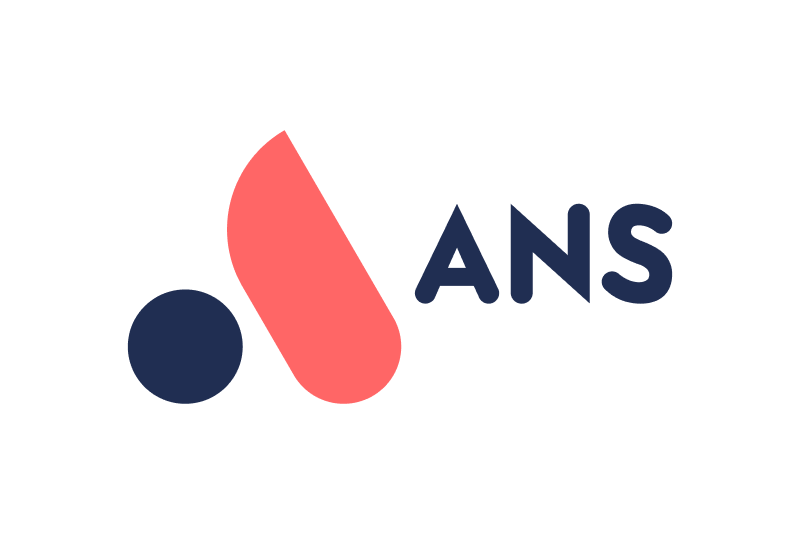What are the main risks to your CRM project?
When we ask, project leaders often express concerns about escalating costs, user adoption challenges and project slippages.
It’s also important to recognise how the scope of a CRM project is a significant factor in determining the risk level because this can directly impact each of the above points.
That begs the question, are you attempting to build too much into your initial CRM implementation?
Cloud deployments have fundamentally changed CRM projects because solutions can be released to users faster, and product updates are automatically applied. Things happen quickly in the cloud, but a bloated CRM requirement can quickly negate these benefits, resulting in protracted project delivery. That’s a frequent outcome of ‘big bang’ projects where lofty aims meet the reality of progress at a glacial pace.
For example, depending on a project team’s capacity, a project timeframe for CRM requirements to be delivered in 100 consulting days could take as much as 12 months or more to complete.
Compared to an initial CRM deployment completed within a few months, the risk level for a longer-term implementation project is consistently higher for the following reasons.
Project team personnel changes.
The longer a CRM project runs, the greater the probability of personnel changes on both the client and supplier sides.
It’s possible to mitigate some team changes with planned handover processes, but in other instances, departures and new arrivals will inevitably cause upheaval or delay. This disruption can be acute if a project sponsor or another driving force behind the initiative departs mid-project.
As employee turnover rates have increased, opting for a condensed CRM project phase is one way to minimise these risks and maintain continuity. If key personnel subsequently move on, CRM momentum is less likely to be impacted because the system is already deployed and documented.
Freezing business processes.
Once CRM requirement scoping is complete and the statement of work is approved, the documented processes are effectively frozen. This blueprint assumes your workflows and rules will remain intact while the system build is completed. Subsequent tweaks and adjustments would be subject to change control. That could involve re-scoping, resulting in additional costs and extended timelines.
On long-term projects, this can prove a significant challenge to manage. Organisations frequently need to adapt and evolve their processes to remain competitive, so committing to a change freeze for many months may be unrealistic.
Also, there is often a reluctance to ‘let things go’ that someone previously felt was needed. In some instances, project leaders and users have forgotten the original need for a requirement because so much time has passed, and people have come and gone.
CRM projects delivered in smaller chunks can better reflect the business’s priorities, quickly get value to users where they most need it, and ensure greater flexibility to implement change.
Productivity impact.
Most, if not all, members of an organisation’s project team will have a regular day job alongside their project responsibilities. Time spent in project meetings and following up on tasks is time away from their primary duties. If a project lasts for many months, the impact on individual and organisation productivity may prove detrimental.
A long-running project can also wear down the people involved. If your Dynamics 365 rollout remains a distant prospect, enthusiasm can quickly wane as individuals become distracted by competing pressures and other initiatives.
A short project sprint still requires a significant commitment from all project members, but with an early deployment in clear sight, team focus and energy levels are more sustainable.
Scope creep.
We’ve already highlighted some examples of scope creep, such as when new people join the project and introduce new ideas or if documented processes change. Over an extended project timeline, say six months, the likelihood of change increases, and it’s only sometimes possible to postpone this until after CRM is deployed.
Also, some items could slip through the net when extensive requirements demand a detailed scoping consultancy. Depending on their importance and when these are identified, it may impact the work already undertaken and require additional resourcing.
A smaller-scale initial CRM deployment reflects the priorities of the business better. Conversely, when an extensive scope is carried out, it’s tough for the organisation to pull this apart and make changes later without causing disruption.
Rogue action.
When a CRM project includes multiple business teams or units, their requirements and priorities will differ. One or more departments may urgently need a new solution and could become frustrated by the slow pace as the project team works through the broader requirements.
When individual teams wait for things they asked for many months ago, they may act independently by quickly implementing their solution, which doesn’t consider the bigger picture of the organisation’s needs.
Focusing a project on just one or two teams will be quicker to implement. It’s also easier to keep teams engaged and ensure their needs are met.
Deferring product updates.
Microsoft releases two major update waves across Dynamics 365 applications and the Power Platform each year. But once a CRM statement of work is approved, the solution design is locked in. For a longer-term implementation project, this can easily result in deferring the usage of some new features and capabilities. As they weren’t included in the scope, sufficient time to configure these new items before rollout without incurring scope creep is unlikely.
This outcome prevents an organisation from seeing the early benefit of the latest product innovations. It could also mean that project time is spent developing solutions that are subsequently made available natively in the product.
In other situations, we have encountered organisations going through repeated cycles of change requests to include product updates, increasing the risk of missed go-live dates which disappoint users.
As well as enabling teams to gain quick access to Dynamics 365, accelerated projects allow users to take advantage of new features as they are released.
Next steps.
Please contact us to discuss your requirements if you start to discuss your needs if you embark on a new CRM project. We’ll share advice to accelerate your implementation by focusing on a rapid initial deployment that achieves early payback and incremental improvements.





